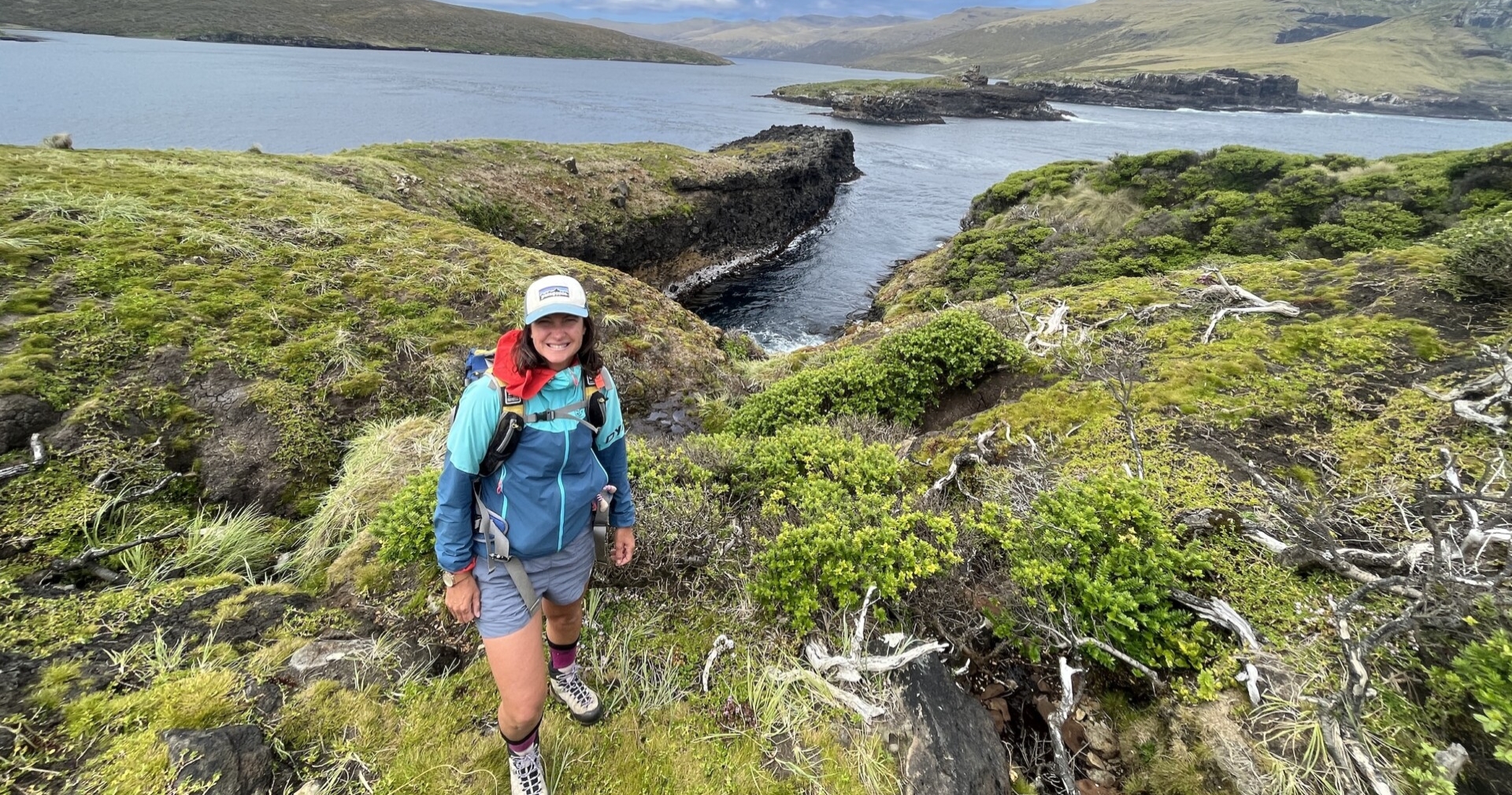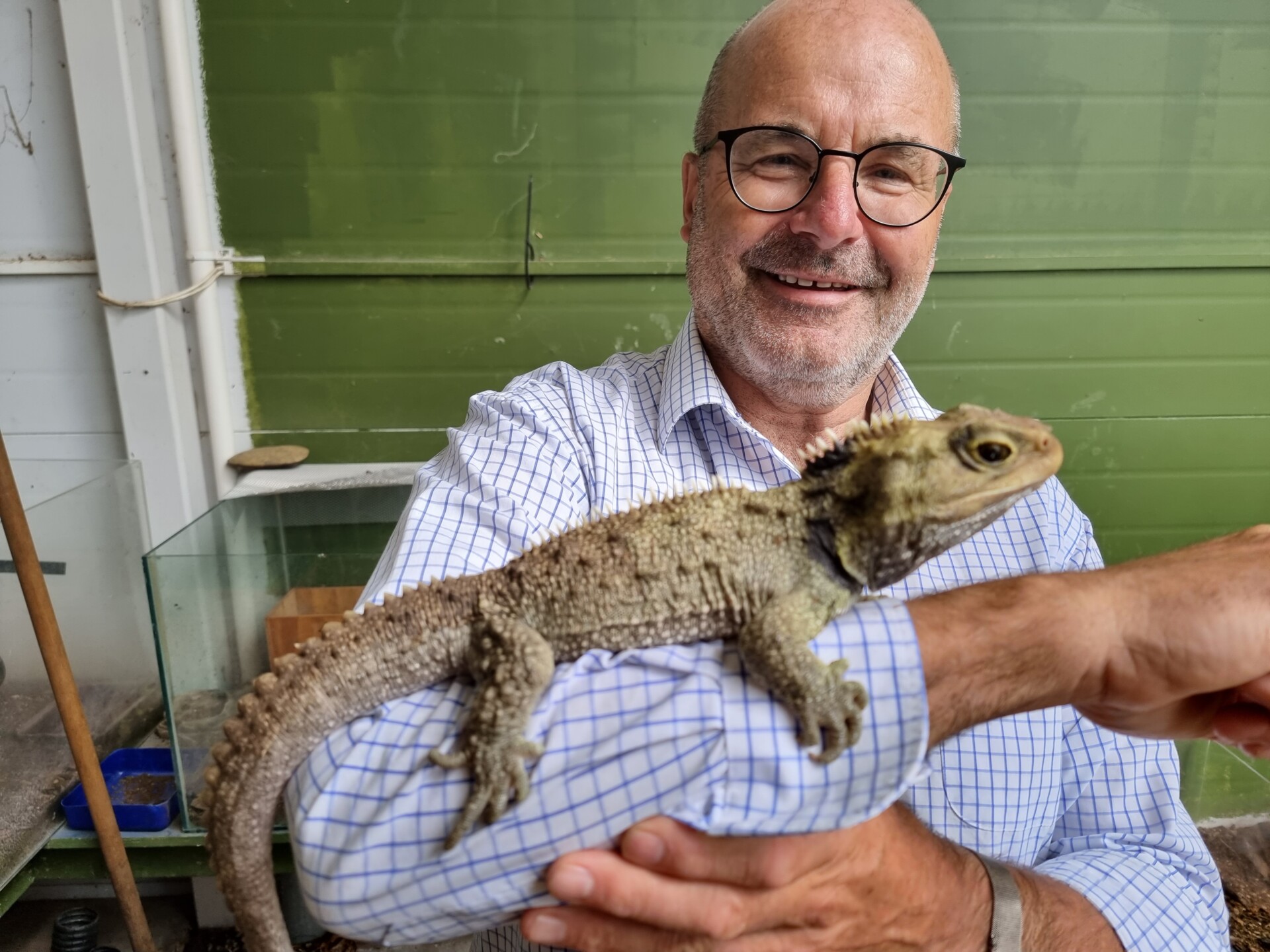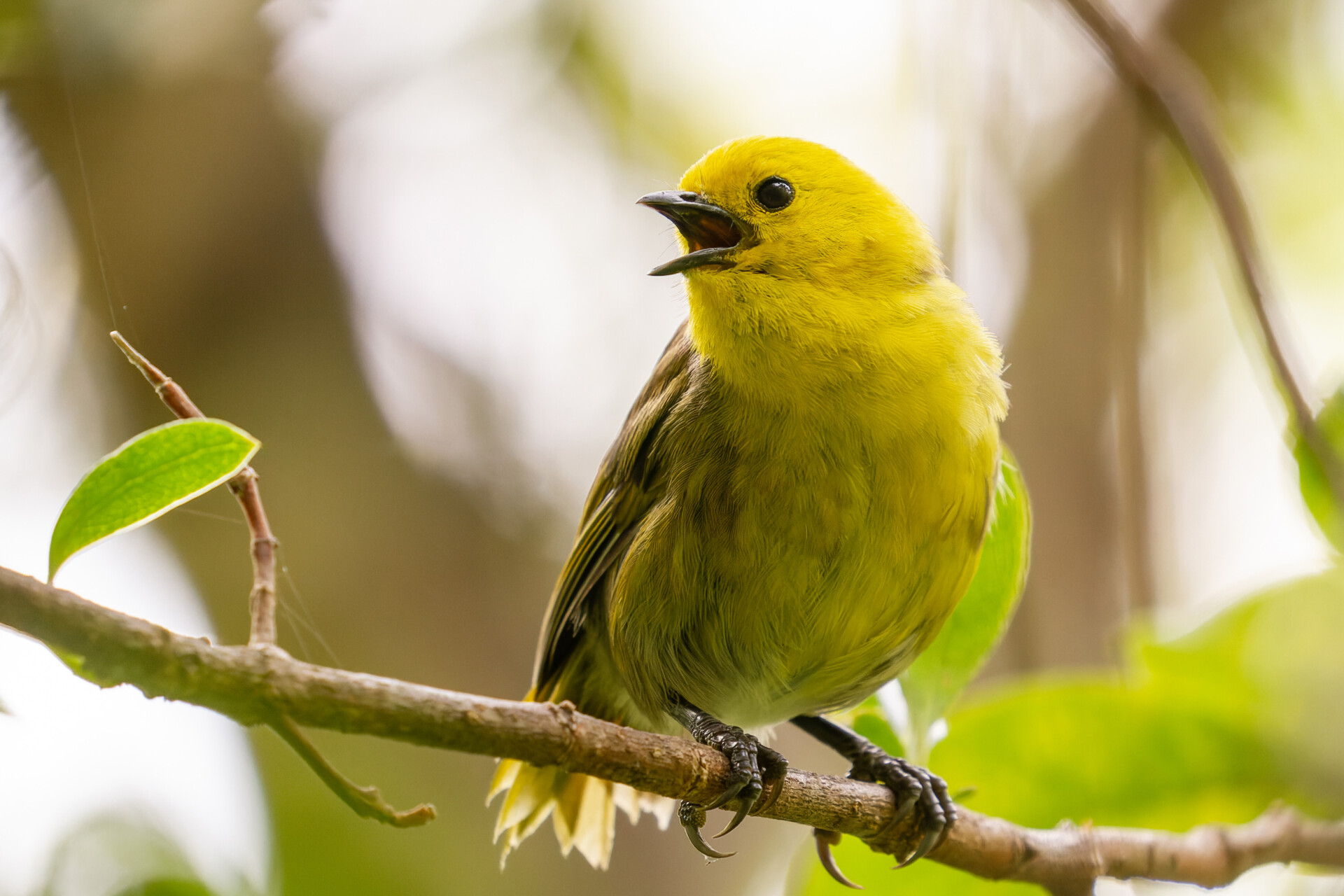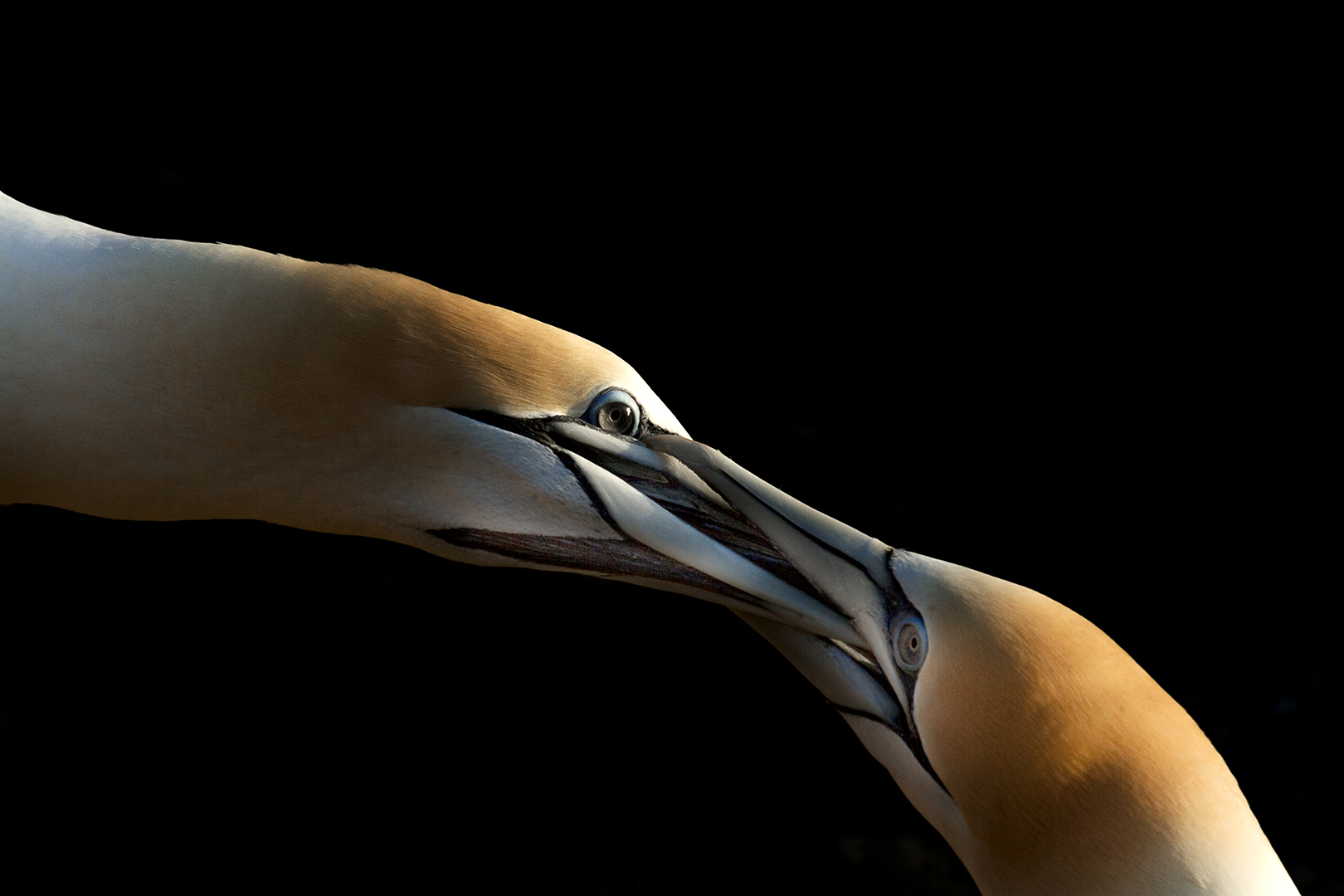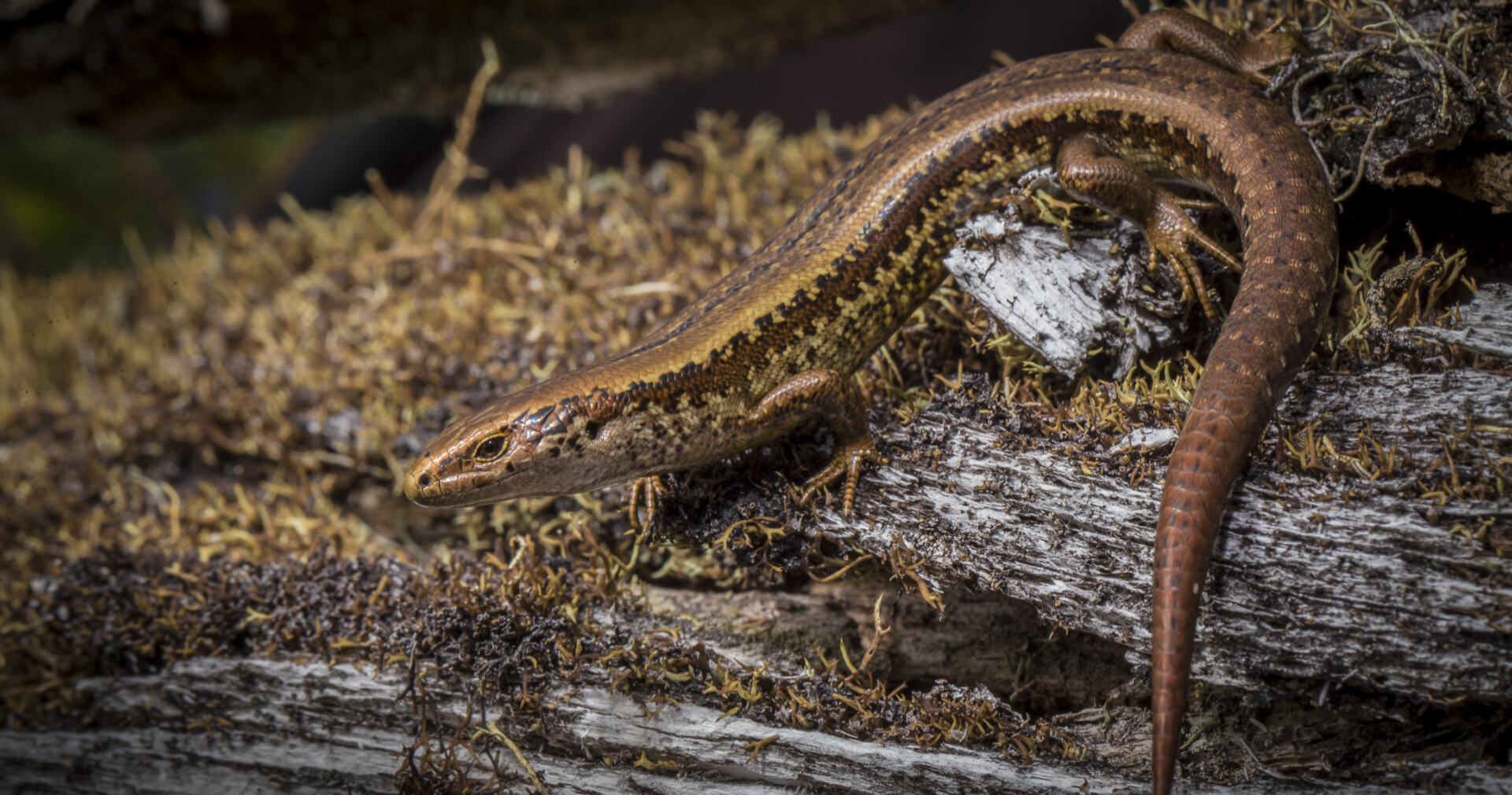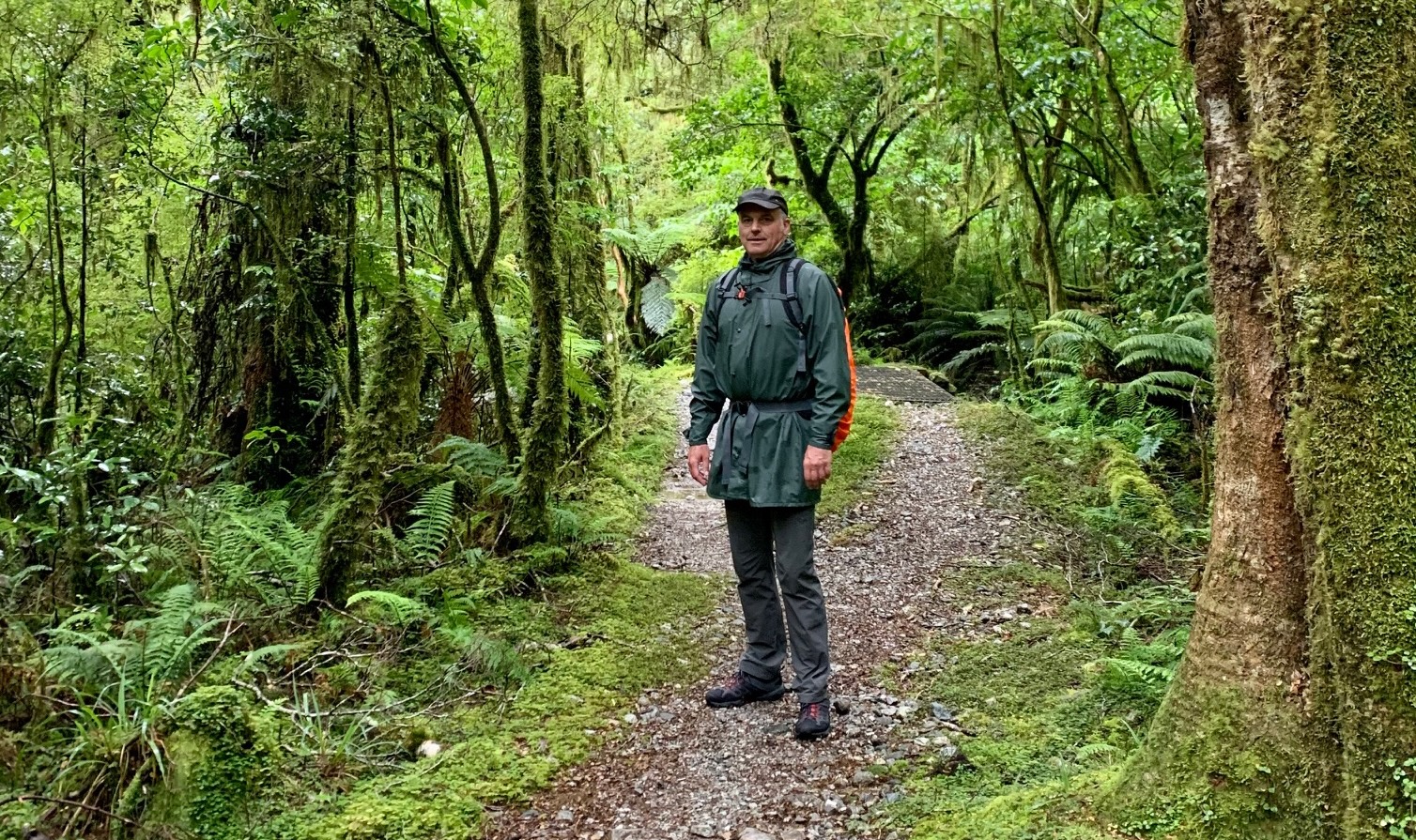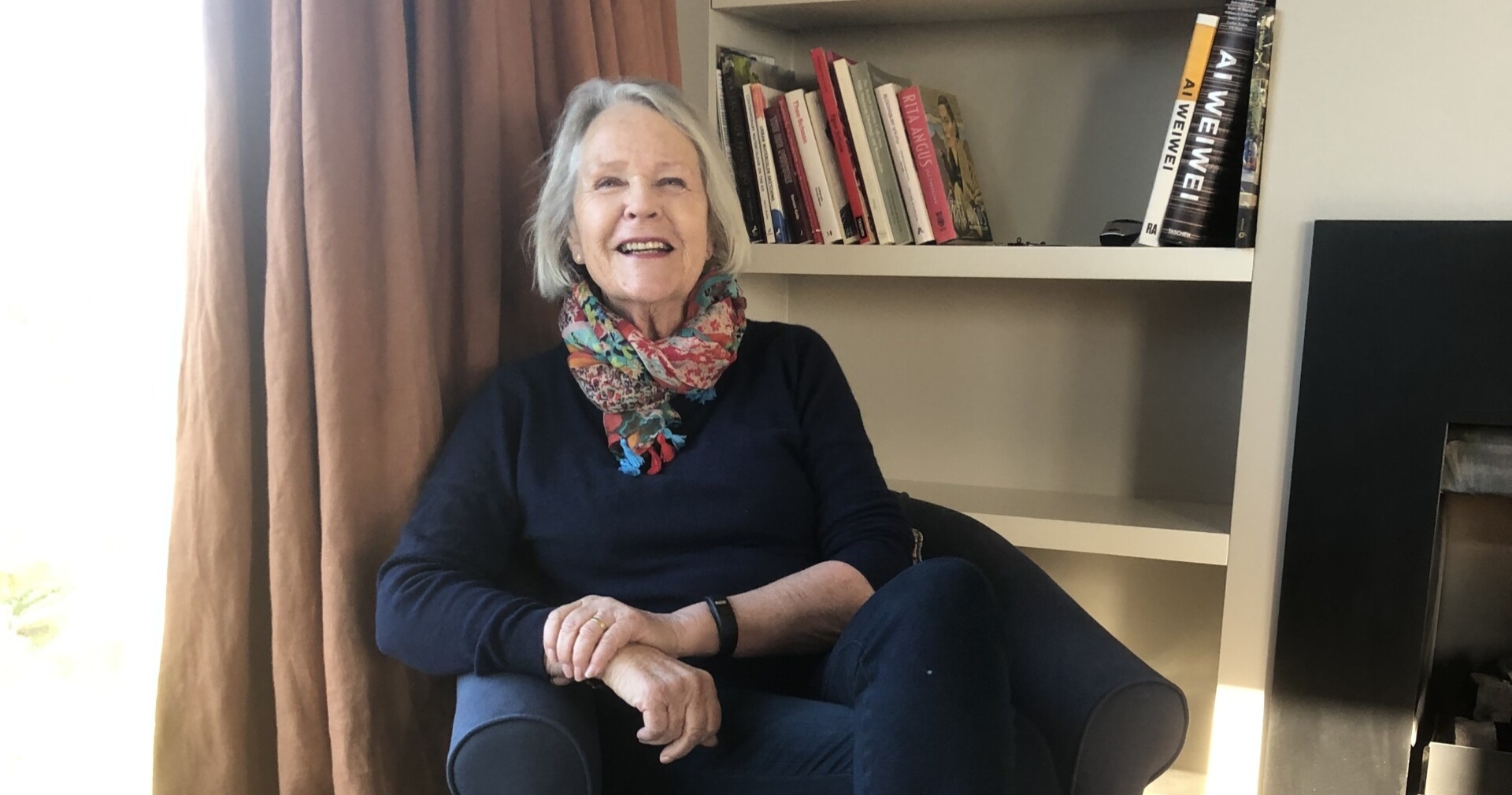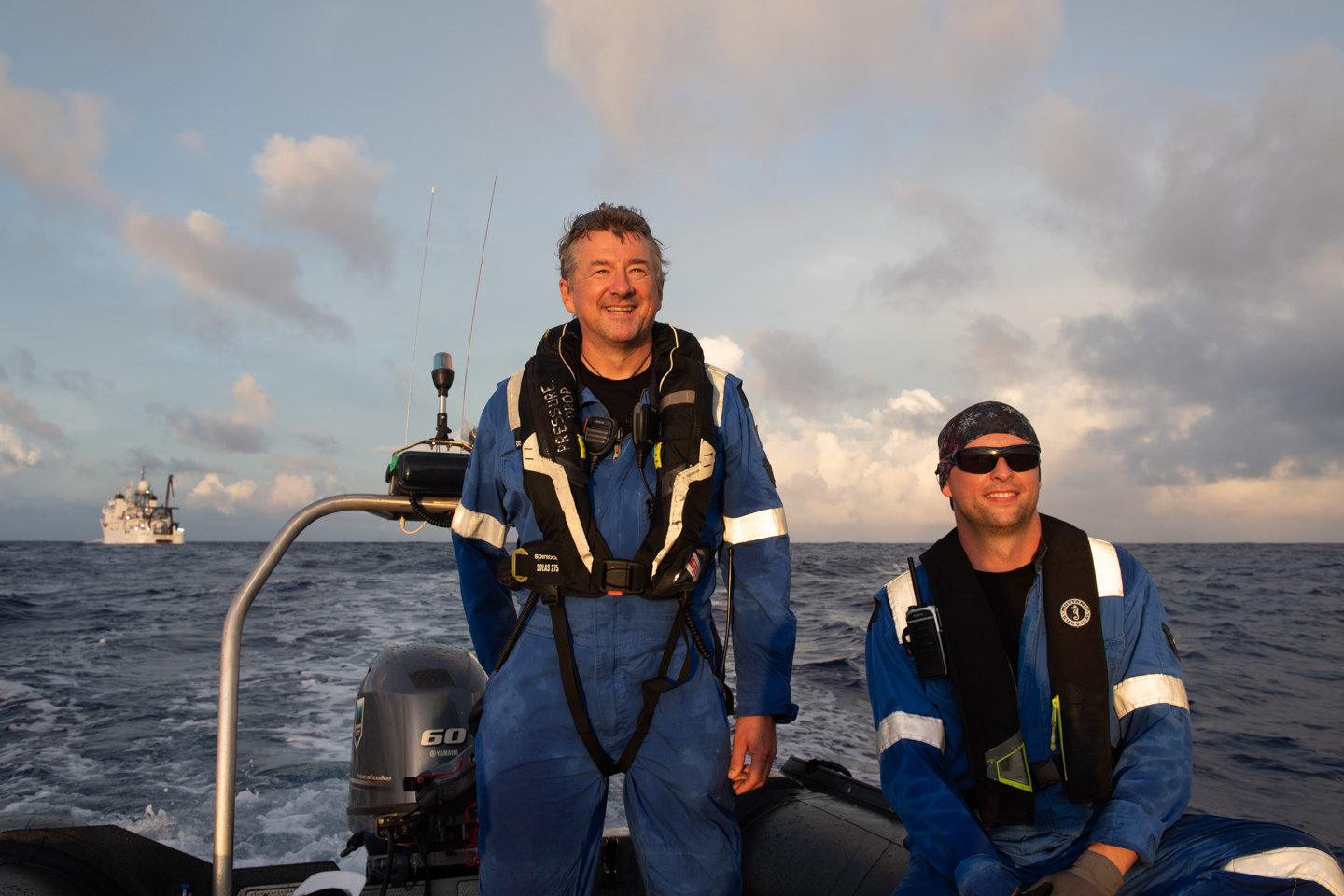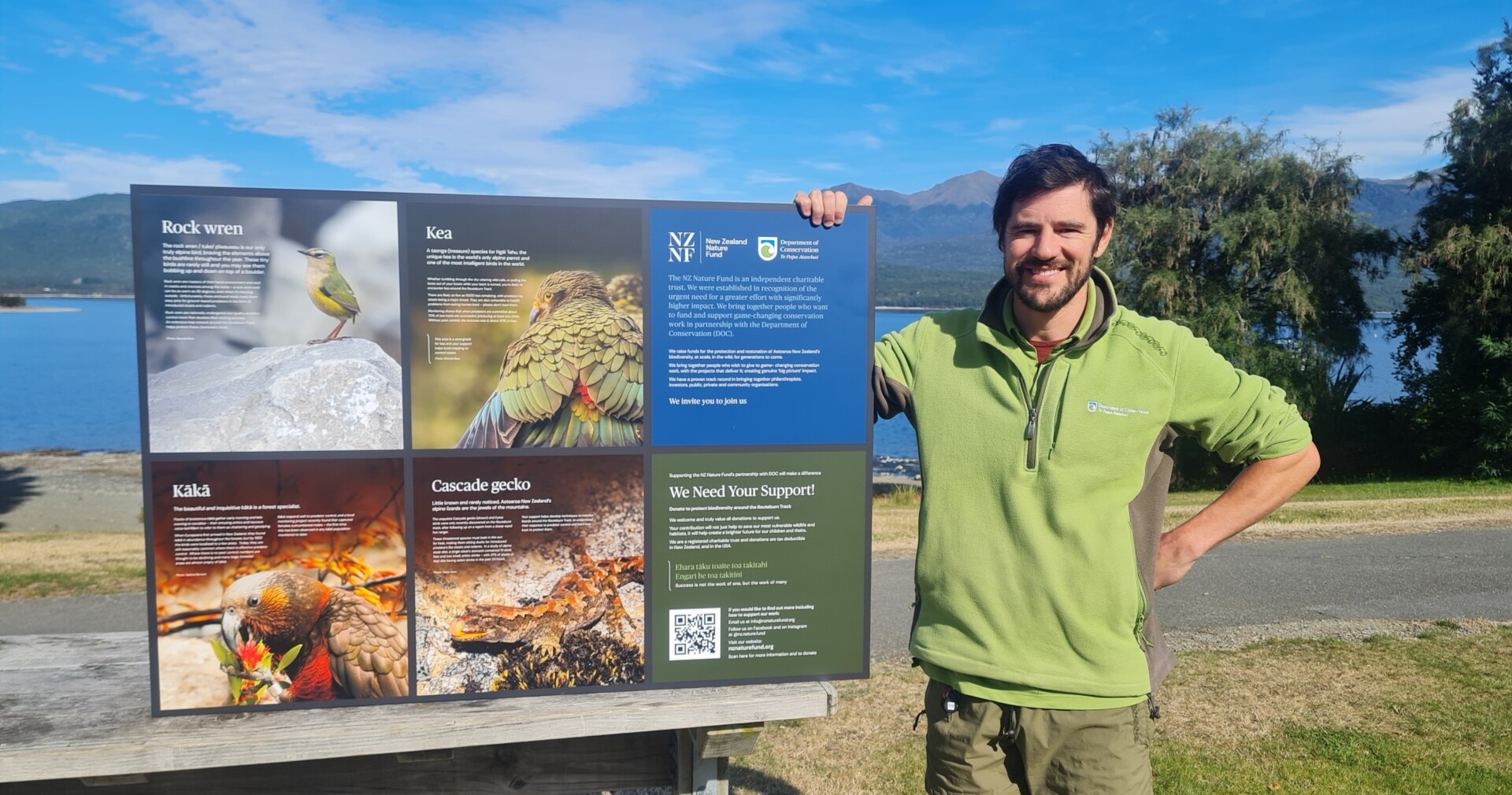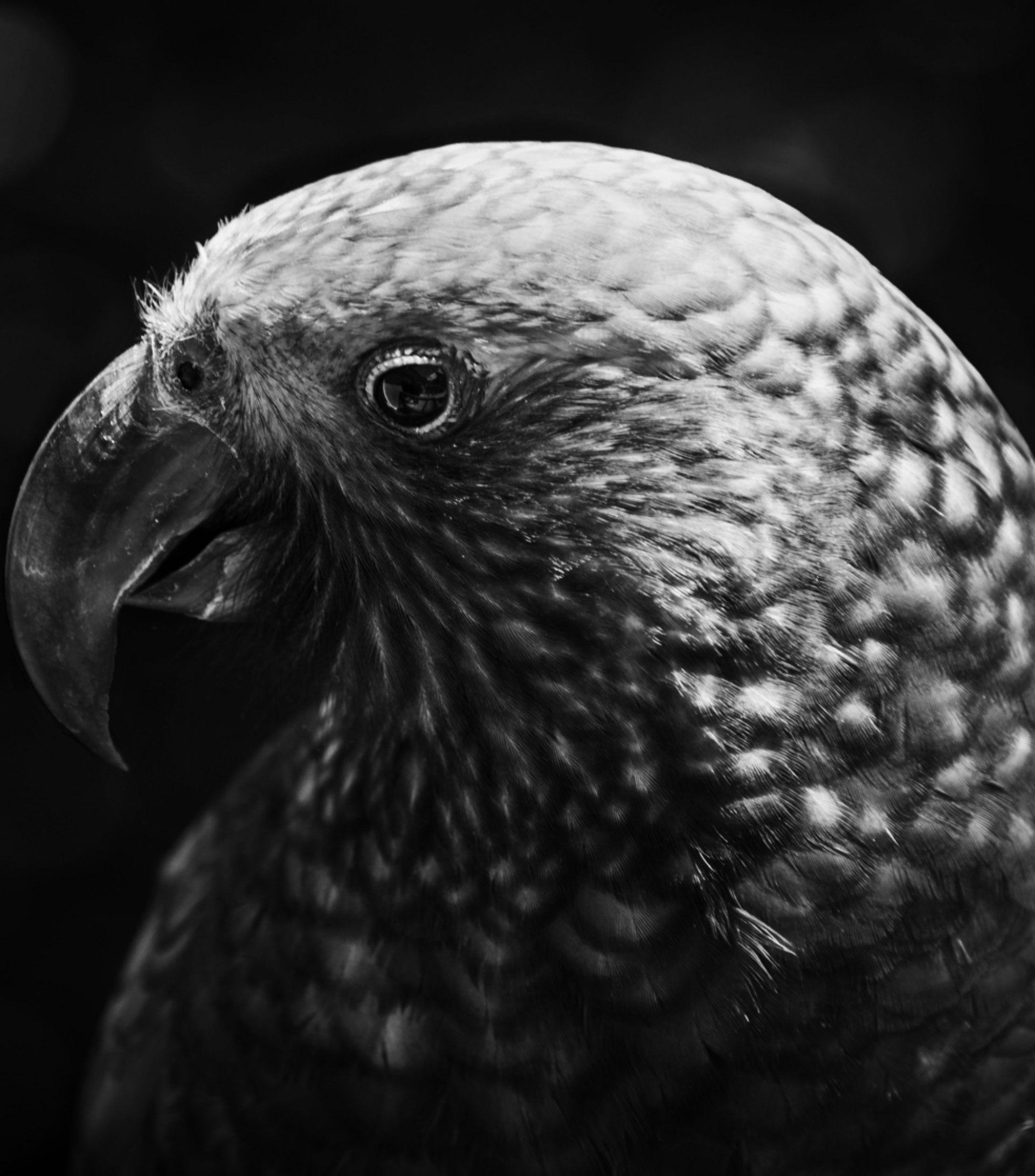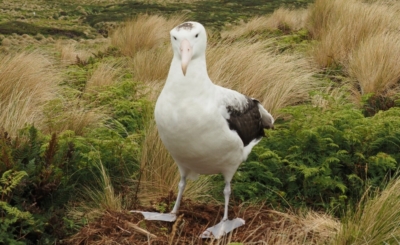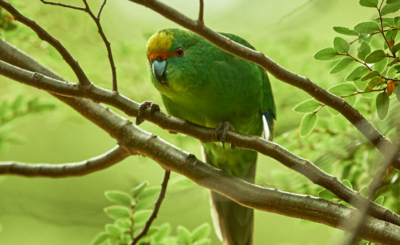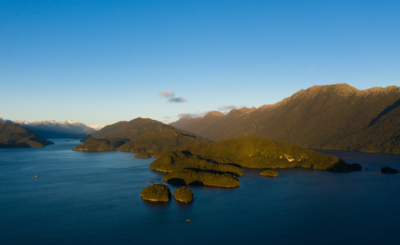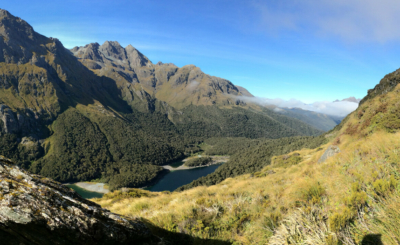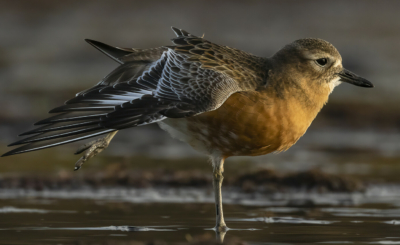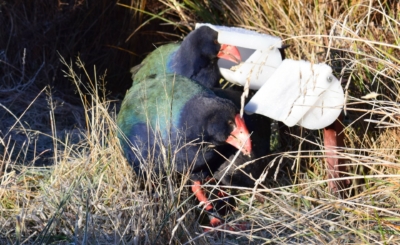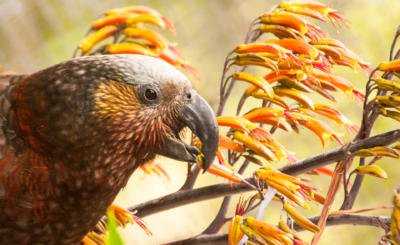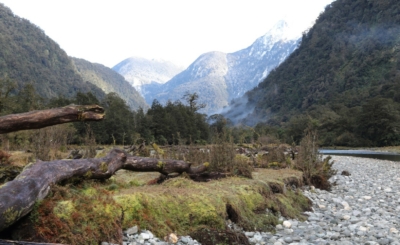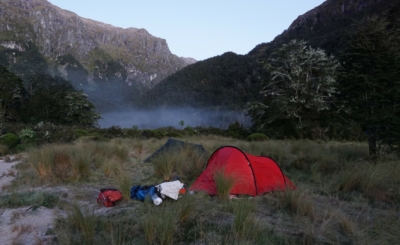Ten days ago NZ Nature Fund Chair Denis Marshall and I were at Te Rau Aroha Marae in Motupōhue/Bluff attending the launch of a major international effort to raise $137 million for the largest island pest eradication in New Zealand’s history.
Aotearoa New Zealand has joined the international Island-Ocean Connection Challenge (IOCC). This means the ambitious plans of DOC, Māori, Moriori and community trusts to restore Maukahuka/the Auckland Islands, Rakiura/Stewart Island and the Chatham Islands, including Rēkohu/Wharekauri (Chatham Island) and Rangihaute/Rangiauria (Pitt Island) are now open for donations from all over the world.
The Island-Ocean Connection Challenge is an international conservation initiative which aims to restore and rewild 40 globally significant island-ocean ecosystems by 2030. The addition of our three islands brings the total number of committed island-ocean ecosystems to 20.
The NZ Nature Fund’s role in this mammoth effort is chiefly to receive and safeguard donated funds, and to manage those funds on behalf of the Department of Conservation.
For many of us at NZ Nature Fund this cause runs far deeper than simply that. We’ve been waiting a long time for this opportunity. Our Founder and former Conservation Minister, Denis Marshall, recalls the removal of the final cow known as ‘Lady’ from Enderby Island in 1993. She was the last domestic animal to leave the Subantarctic islands, ahead of many more years of pest eradication work by DOC teams which followed.
This past January, Denis and I were privileged to travel to the Subantarctic islands with Heritage Expeditions, taking in Enderby, the Snares, Campbell Island and, the jewel in the crown, Maukahuka/the Auckland Islands.
For Denis it was staggering to see the transformation on Enderby Island many years after the removal of foraging animals as well as rabbits and mice.
As New Zealanders, we have a proud legacy of successful pest eradication in the Subantarctic. DOC cleared Enderby Island, the northernmost island in the Auckland Islands, of pests in 1993, followed by a successful rat eradication on Campbell Island in 2001. The most challenging of all was the ‘Million-Dollar-Mouse’ eradication on the remote Antipodes Islands in 2016-17.
Now, it is Maukahuka’s turn. The outstanding DOC team is led by project manager, Stephen Horn. Steve has planned methodically for the entire operation – tackling every aspect of the 46,000-hectare island pest eradication.
We’ve had the privilege of learning of the intricacies of logistics for the project with its staggering level of detail. For example, Stephen and his colleague Veronika have estimated they’ll need the equivalent of 22 full time builders in the first two years to prepare the infrastructure. This includes: 16 huts, three boat sheds, and four aircraft hangar-shelters. The island is so vast and so remote that over the course of the entire project they’re estimating shipping and helicopter hireage costs will reach $24 million. The actual eradication process will begin mid-way through the second year, first tackling feral pigs, then mice and finally feral cats.
The lessons learned and technology applied on Maukahuka will be invaluable for future island pest eradication not only in New Zealand, but around the world. Stephen Horn’s plan is ready to implement as soon as the funding is assured. This cannot wait, particularly for each and every rare or endangered native species on Maukahuka.
During our trip with Heritage in January 2025, I was struck by the damage to the island’s dense vegetation by pigs. This was not only evident on the gentler terrain on the eastern coastlines, but climbing to the western cliffs, it was disheartening to see how pigs had adapted to descending, much like goats, to reach the nests of white-capped albatrosses. We also saw a huge amount of cat-scat, evidence that cats are also consuming their fair share of adult birds and chicks.
I was also amazed to learn that of the 39 native bird species that were once on the island, 28 are either gone or remain in very small numbers. Iconic fields of stunningly beautiful megaherbs are now restricted to individual plants in the few places inaccessible to feral pigs. Large swathes of forests have disturbed soils and stunted understories due to feral pig rooting – all critical habitat for a vast array of native species.
The southernmost island of the Auckland Islands is Adams Island. Pest-free and utterly pristine, we could hear the bird song from the rata forest from the vessel in the early morning. Home to the main colony of Gibson’s wandering albatross (as well as Southern royal albatross, and numerous petrels and shearwaters), Adams Island sits in sharp contrast to the main Auckland Island. But it is perilously close – just a few hundred metres for any pig to swim across the channel – making the pest-eradication project on Maukakuka even more urgent, before the Adams Island ecosystem, and all the treasured species that make their home here, is threatened or worse, destroyed.
This is yet another reason for us to get in behind this outstanding plan to restore one of the most beautiful places on earth.
